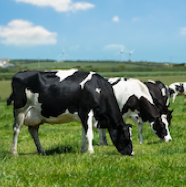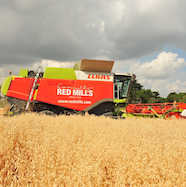Key Factors for Successful Reseeding Grassland
There are a number of key factors to establishing a successful reseed, and the first step is to have a planned approach. This will involve identification of poor performing pastures, consideration to the type of cultivation required, management practices and grass mixture required.
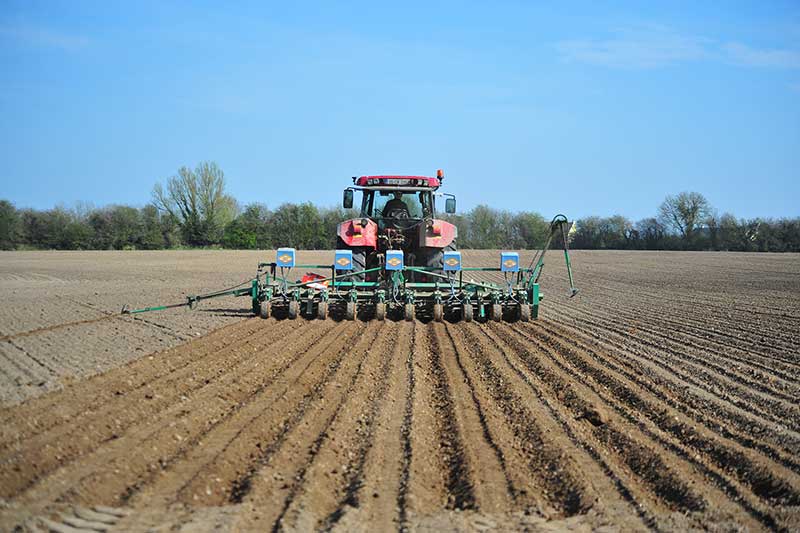
1. Identification of when a pasture or grassland needs reseeding
There are several factors that indicate when pastures need reseeding, including the following:
- Decline in yields
- Decline in number of grazing days
- Poor or declining response to nitrogen
- Uncontrollable broad-leaved weeds
- High levels of weed grasses such as scutch and creeping bent grasses
- Poorer milk yields or stock thrive
2. Analysis of soil status before grass reseeding
It is important that any imbalances in the soil are corrected and brought up to optimum levels. A soil test will identify the soil pH (aim for 6.5), lime requirements, P & K levels.
3. Spray off paddocks at the right time
It is important to spray off paddocks in good growing weather, ensuring good leaf area to absorb as much chemical as possible. The old sward should be sprayed 7-10 days before final grazing or mowing. Don’t spray swards that have excessive growth as this will lead to poorer kill of scotch and docks. Choosing only the leading brands of Round-up is important. A tight grazing or mowing after spraying or mowing will ensure a low level of thrash.
4. Method of reseeding
There are many different cultivation and sowing methods, but plough, till and sow will provide consistent results. Min-till/direct drill can be equally successful but is best avoided very early or late in the season as results can be affected by pests such as slugs, leatherjacks, and fruit-fly. It is vital that what method is used that a fine, firm, level seedbed is achieved. Rolling after sowing will provide good seed to soil contact and hold moisture in the seedbed to aid quick germination.
5. Choosing varieties of grass seed
Only choose mixtures that are going to deliver what is required of the new reseed – and that suits the current farming system.
6. Early control of weeds and pests
Once established after 6 weeks, assess swards for weed levels and choose the most suitable herbicide to best kill the weeds present. Two key weeds that need careful monitoring and control in new leys are Docks and Chickweed.
7. Graze the new reseed correctly and avoid silage cut in year 1.
Graze the new reseed as soon as the plants do not pull out of the ground. It is especially important that autumn reseeds are grazed before the first winter and keep grazing at low covers. It is best to avoid cutting the new reseed for silage in the first year.
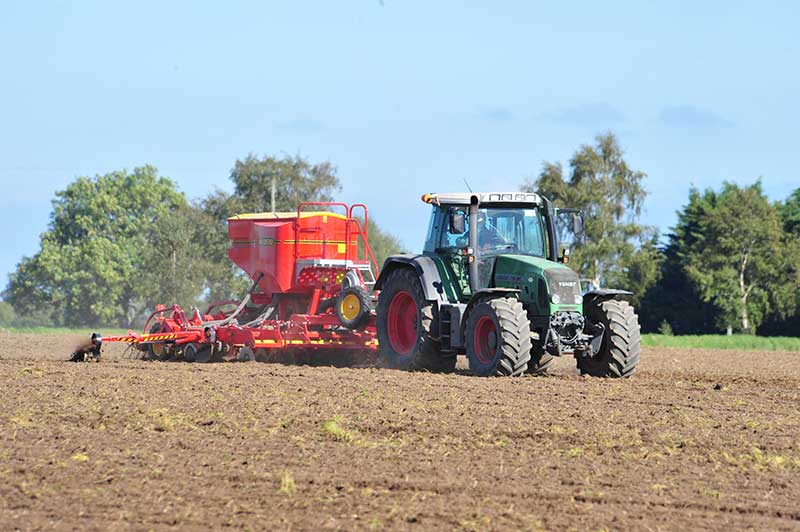
For more information on successful reseeding, contact the RED MILLS agronomy team.
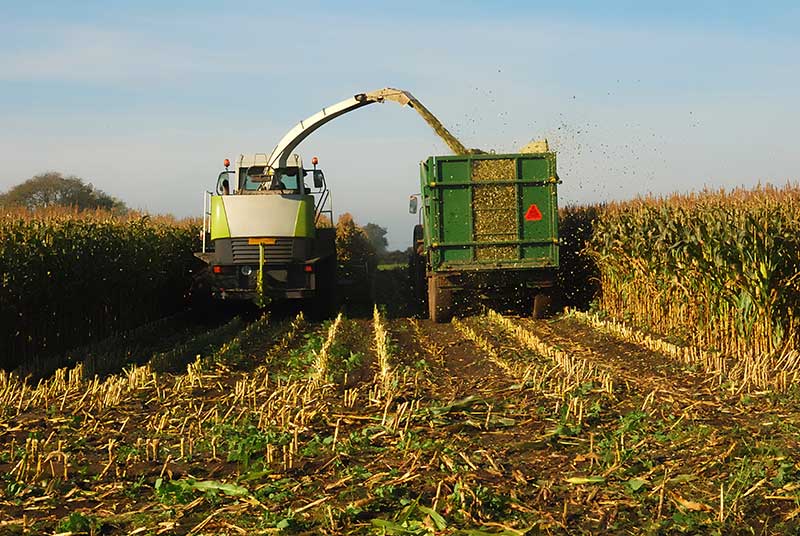
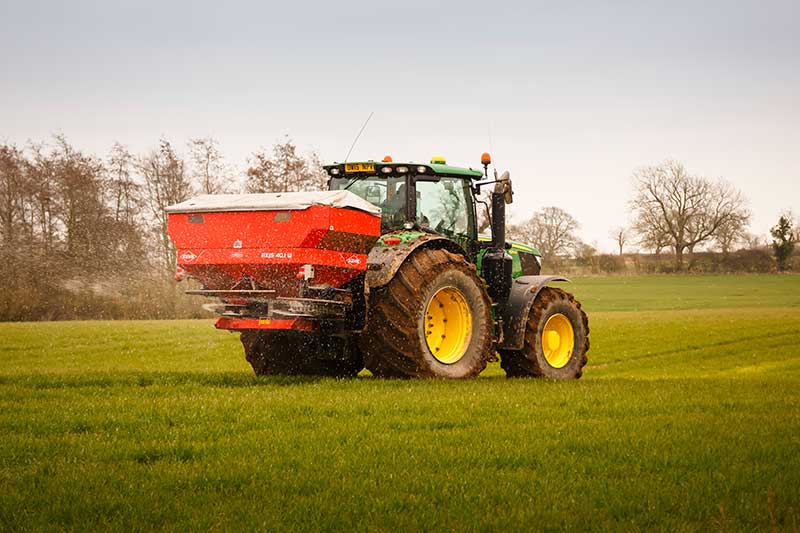
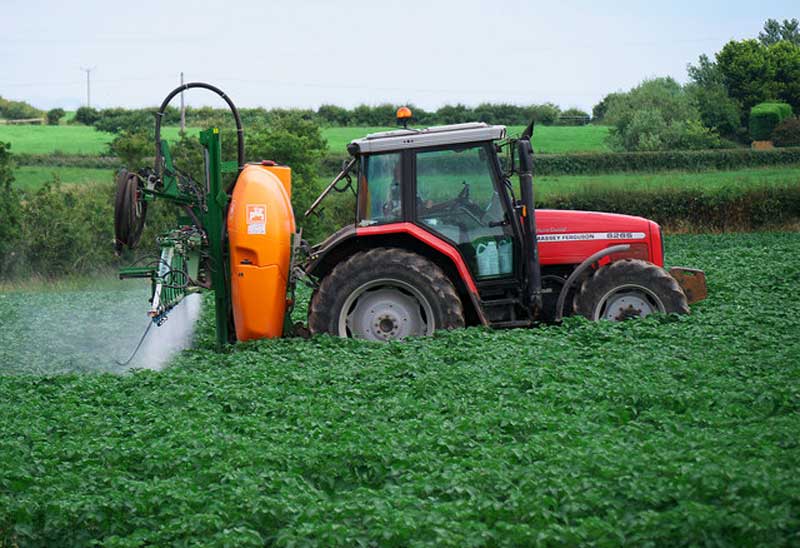
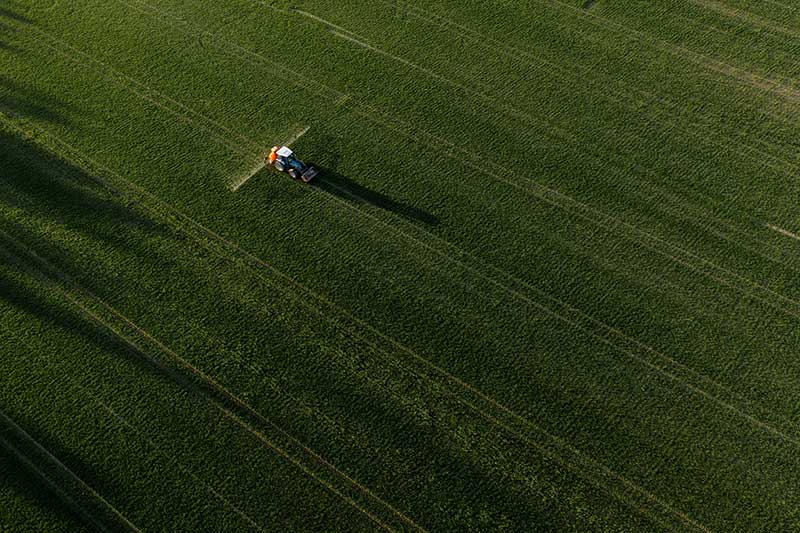


 05
05
